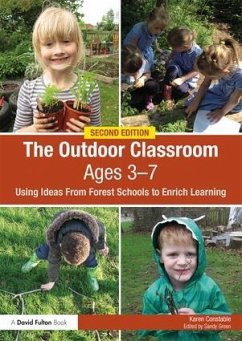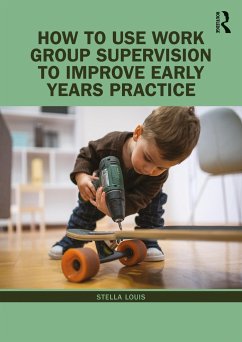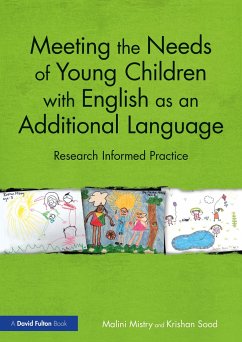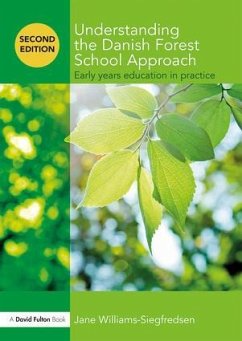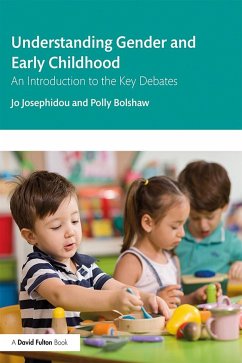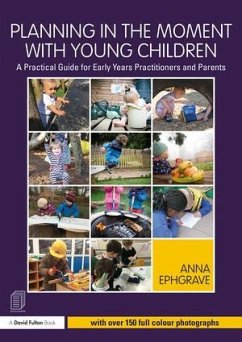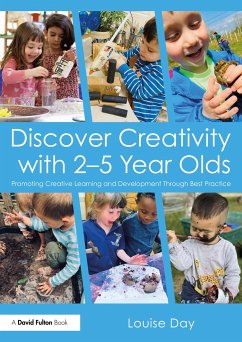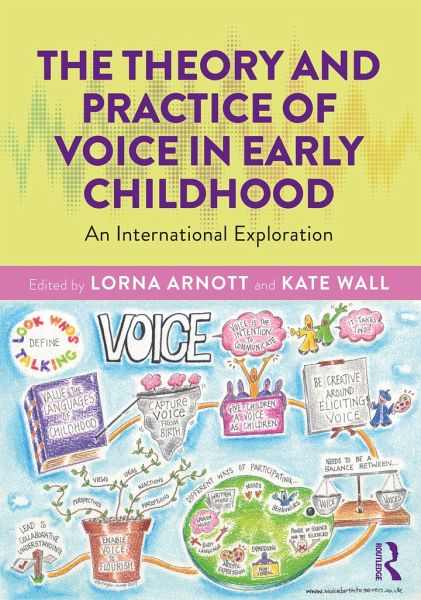
The Theory and Practice of Voice in Early Childhood
An International Exploration
Herausgeber: Wall, Kate; Arnott, Lorna
Versandkostenfrei!
Versandfertig in 2-4 Wochen
40,99 €
inkl. MwSt.
Weitere Ausgaben:

PAYBACK Punkte
20 °P sammeln!
Seeing young children as competent and capable social actors, Theory and Practice of Voice in Early Childhood looks at how we can better understand young childrenâ s perspectives.




